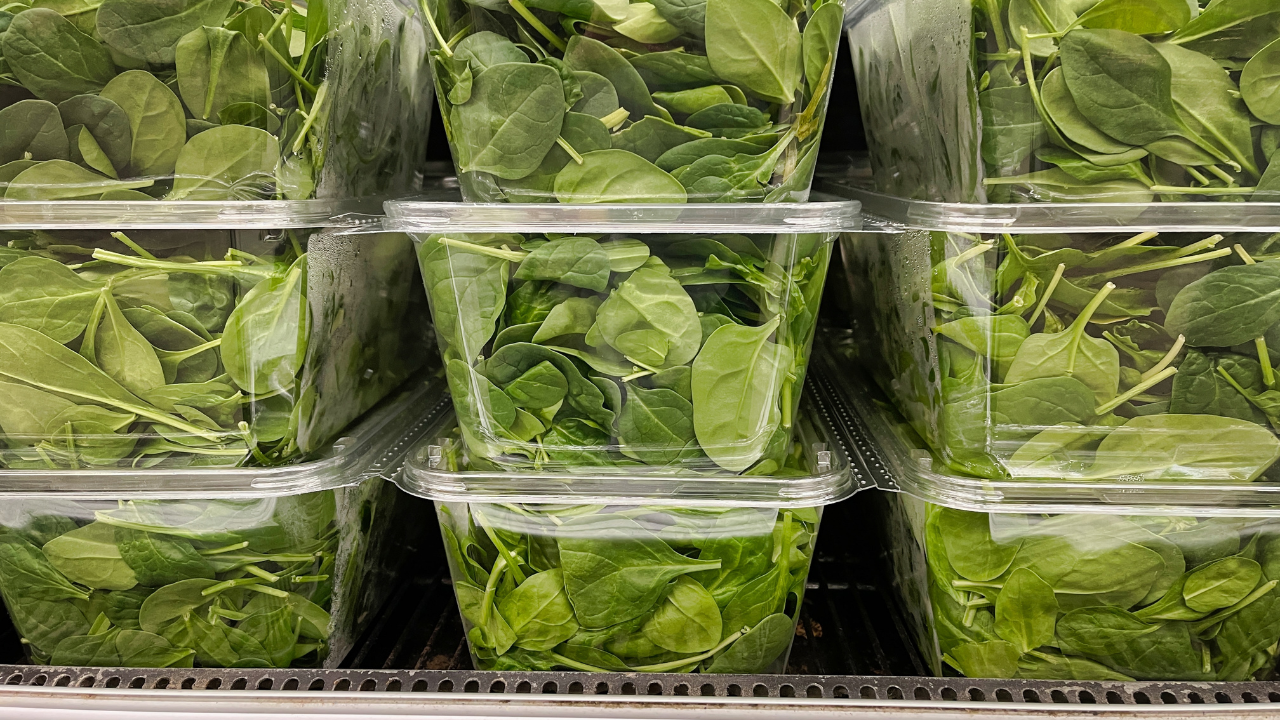We asked Darren Lambert, our Head of Business Development, to talk to us about the use cases of Polyurethane tooling boards. Here’s what he had to say:
“Polyurethane tooling boards are machinable boards made from a mixture of resin and filler. The density of these boards can range from low to high depending on the formulation of the material – different densities affect a tooling board’s weight, strength, and suitability for different applications. Polyurethane tooling boards are renowned for their versatility, durability and suitability for a wide range of applications.”

Q. What are PU tooling boards used for?
“Widely used across a range of industries, polyurethane tooling boards are a really versatile solution that can be used for applications including mould and pattern making, prototyping and model making, jigs and fixtures and also more specialist applications for example in the foundry industry, where the additional abrasion-resistant properties of our high-density materials are ideal.”
Prototyping and model making: Due to their excellent machinability and ability to hold fine details, low-density polyurethane tooling boards are ideal for creating prototypes and models in industries such as automotive, film, theatre and consumer goods.
- Concept cars, show vehicles and automotive modelling
- Functional prototypes
- Models for design evaluation, testing and demonstration
- Verification models
- Scale models for urban planning and architectural projects
- Interior design
- Museum piece casting and sculptures
- Prototyping of parts and components
- Prop and set design
- Special effects and costume design
- Anatomical medical prototypes and models
Mould and pattern making: Medium-density polyurethane tooling boards are frequently used to produce moulds and patterns for various manufacturing processes, including vacuum forming, thermoforming, and plugs used in glass-reinforced plastic (GRP) and fibre-reinforced plastic (FRP) applications.
- Production tooling
- Patterns and moulds
- Tooling for GRP radomes
- Master model making
- Vacuum forming and thermoforming moulds
Tooling and jigs: Serving as bases or supports for tooling, medium-density polyurethane tooling boards are often used in jigs and fixtures, providing stable and durable surfaces for precision work.
- Jigs
- Bonding fixtures
- Trimming fixtures
- Checking fixtures
Specialist applications: Specialist high-density polyurethane tooling boards are often used in applications including hammer and metal forming, foundry pattern and tool making and reactive injection moulding (RIM) due to their abrasion-resistant properties.
- RIM moulding for automotive, medical and general manufacturing
- Foundry sand casting patterns
- Foundry core boxes
- Hammer forming
- Food and beverage packaging thermoforming
- Higher temperature applications up to +130 OC
- Prepreg composite layup tooling

Q. What are the benefits of using polyurethane (PU) tooling boards?
“Selecting the right tooling board depends on your application, polyurethane tooling boards offer a cost-effective alternative for a wide range of projects. They are versatile, lightweight yet strong and easy to machine, producing excellent results. You can choose to hand style or CNC our low-density materials, giving you increased flexibility.
When machining medium and high-density boards, excess materials flake off rather than producing dust making the clean-up process quicker and easier.”
- Excellent machinability: Polyurethane tooling boards are easy to machine, producing high-accuracy results and a great surface finish.
- Superior dimensional stability: They maintain their shape and dimensions under varying temperatures and conditions, ensuring precision in the final product.
- Lightweight yet strong: The boards offer a high strength-to-weight ratio, making them easy to handle and ideal for applications where weight savings are critical.
- Cost-effective: Typically more cost-effective, polyurethane tooling boards can reduce the overall cost of a prototyping and tooling project.
- Versatility: These boards are lightweight and versatile making them suitable for both hand styling and CNC machining.

Q. What’s the difference between low, medium and high-density polyurethane tooling boards?
“Our polyurethane tooling boards come in a range of densities from 80 kg/m3 up to 1,785 kg/m3. The density of the tooling board is reflected through the properties; the higher the density, the more robust it will be and the higher the level of detail that can be achieved in your design. You should always choose the material density that meets your requirements rather than over-specifying and selecting a higher-density material – typically, the higher the density the higher the cost so you could be wasting money!”
- Low-density: Typically used in design and styling applications and for prototyping projects. Low-density tooling boards range from 80 kg/m3 to 450 kg/m3 and are easy to work with and lightweight, making them easy to handle.
- Medium-density: These tooling boards are typically 600 kg/m3 to 850 kg/m3 and are used for applications requiring moderate strength and durability. They are easier to machine and more cost-effective for projects where high strength is not essential.
- High-density: With densities ranging from 1,100 kg/m3 to 1,785 kg/m3, these tooling boards are chosen for applications that demand higher strength and wear resistance, such as foundry applications or Reactive Injection Moulding (RIM). They offer greater durability and can withstand more rigorous use, higher temperatures and more extreme environmental conditions.

Q. Why choose a polyurethane tooling board for your project?
“Polyurethane tooling boards are invaluable in modern manufacturing and prototyping. Their versatility, machinability, and cost-effectiveness make them suitable for a wide range of applications across various industries.
“From creating detailed prototypes and models in the automotive industry to producing precise moulds in foundries, polyurethane tooling boards enable you to optimise production efficiencies while operating at reduced costs.”
OTHER NEWS
Sorry, we couldn't find any posts. Please try a different search.